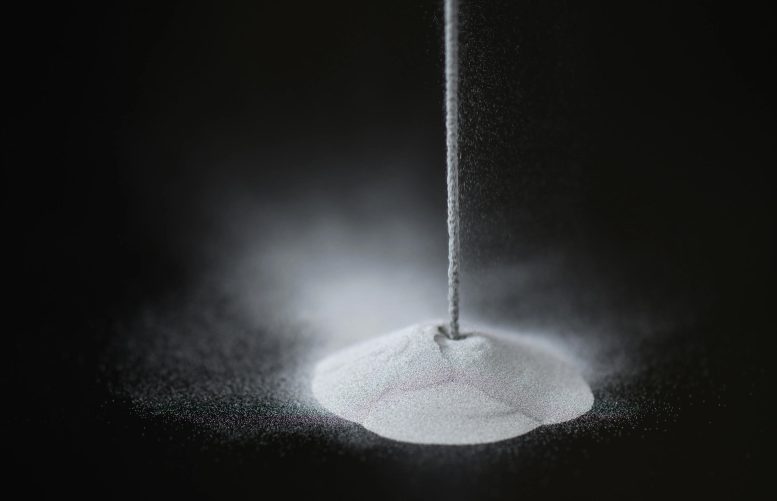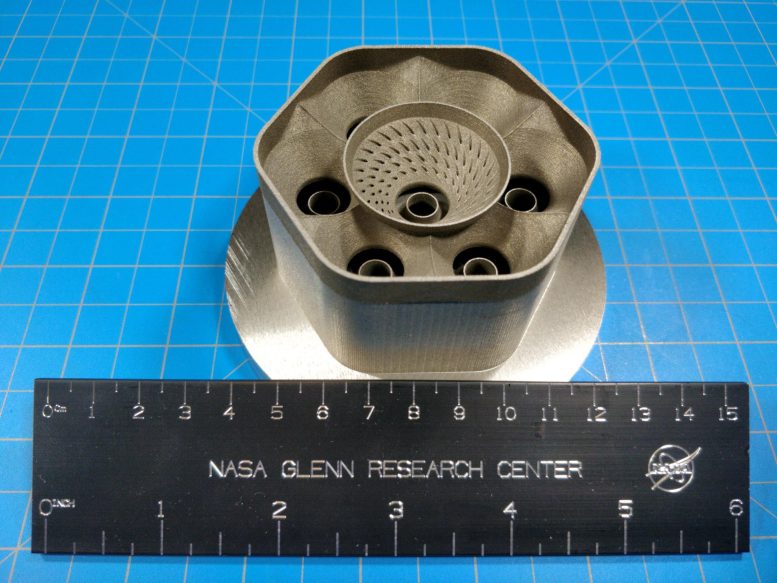
NASA superalloy GRX-810 will soon be available to aviation and space industry parts manufacturers as a result of new licensing agreements with four U.S. companies. Credit: NASA/Jef Janis
GRX-810 is a 3D-printable high-temperature material that will lead to stronger, more durable airplane and spacecraft parts that can withstand more punishment before reaching their breaking point.
The co-exclusive license agreements will allow the companies to produce and market GRX-810 to airplane and rocket equipment manufacturers as well as the entire supply chain.
The four co-exclusive licensees are:
- Carpenter Technology Corporation of Reading, Pennsylvania
- Elementum 3D, Inc. of Erie, Colorado
- Linde Advanced Material Technologies, Inc. of Indianapolis
- Powder Alloy Corporation of Loveland, Ohio
GRX-810 is one example of many new technologies NASA’s Technology Transfer Program managers review and file for patent protection. The team also works with inventors to find partners interested in commercialization.
“NASA invests tax dollars into research that demonstrates direct benefit to the U.S. and transfers its technologies to industry by licensing its patents,” said Amy Hiltabidel, licensing manager at NASA’s Glenn Research Center in Cleveland.

This turbine engine combustor (fuel-air mixer) was 3D-printed at NASA Glenn and is one example of a challenging component that can benefit from applying the new GRX-810 alloys. Credit: NASA
New Approach to Developing Materials
NASA engineers designed GRX-810 for aerospace applications, including liquid rocket engine injectors, combustors, turbines, and hot-section components capable of enduring temperatures over 2,000 degrees SciTechDaily